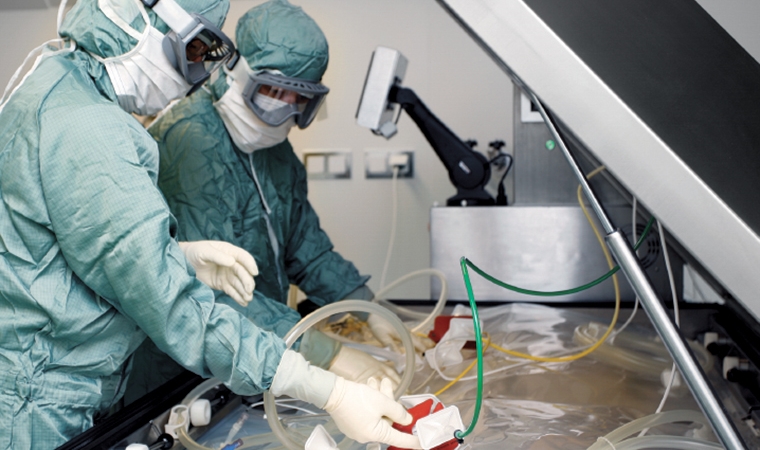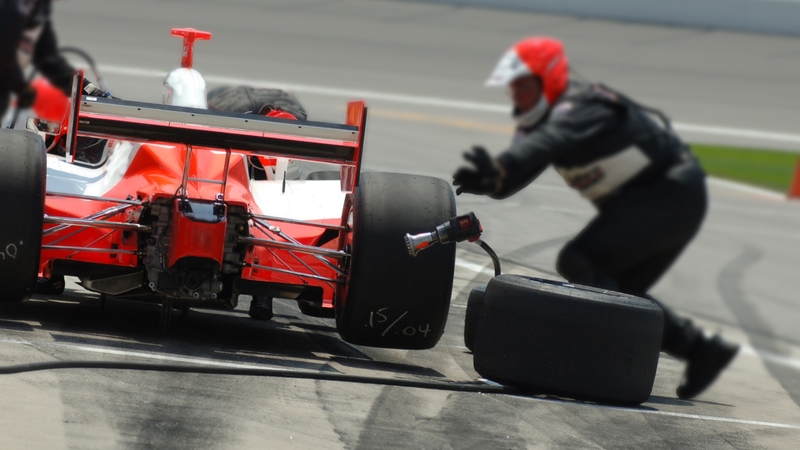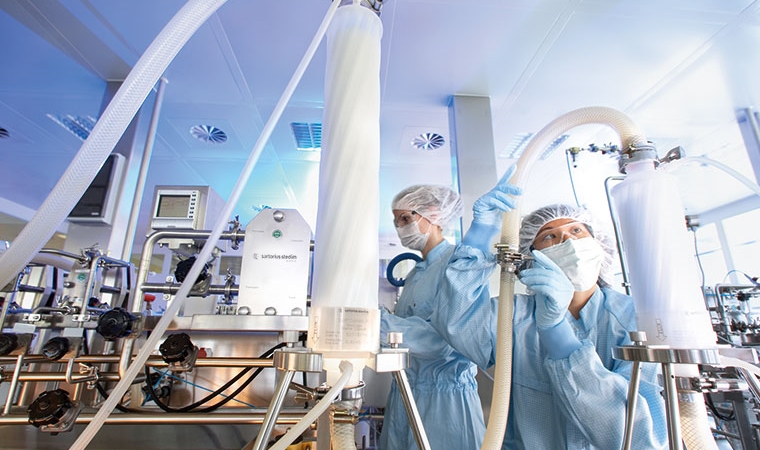Biopharmaceutical manufacturing is embracing single-use technology for its ability to simplify equipment and facility design – all without breaking the bank. But how can engineers measure and capitalize on the cost advantages of single-use systems?
It’s no secret that single-use technologies are becoming popular in the biopharmaceutical industry. Firstly, they simplify equipment and facility design. Secondly, the generally mild process conditions of biotech allow the use of a disposable plastic film surface as the product-contacting layer. This omits the need for surface cleaning to avoid contamination and cross contamination.
The disposable plastic bags used for solution preparation, storage and product-generation steps are also full of cost-saving potential. Single-use systems can provide sufficient volume (now up to 4000-5000L) to fulfil the capacity requirements for most commercially produced biopharmaceutical products, proving that disposables is an established technology today.
The new single-use production paradigm shifts quality away from in-facility testing and increases the number of activates taking place before equipment enters the production facility, which can potentially lower costs significantly.
The "single" biggest impact
Smaller investment costs are probably the most apparent advantage when using single-use over stainless steel systems. Simply put, single-use systems require less instrumentation and utility demand. Sterilization and cleaning processes are eliminated, reducing installation and support systems.
With single-use systems a manufacturer can purchase more capacity with a limited start-up budget. This affects variable costs since a much lower investment sum has to be amortized compared to fixed steel systems. In fact, it is this low up-front investment cost that lowers variable costs.
Reducing your footprint
Not only do single-use systems require less support and installation, but they also have fewer utility requirements. Single-use systems can be stacked and/or are mobile in certain volume ranges, thus reducing area impact. Naturally they require room for manipulation, transport, and waste removal, but even with these space requirements, the footprint is much smaller than with fixed systems. It is possible to push the equipment aside in order to allow access for manipulation. In this way, the process modules can share each other’s footprints to a certain degree.
Less IOs, less "I-owe-you"
Traditional stainless-steel systems must be cleaned and sterilized, increasing the need for instrumentation and thus increasing system complexity. But complexity comes with an increased cost related to installation and qualification, raising the number of input/output (IO) communication points. Valve positions, temperatures, pressure and timers – all of which are abundantly present in stainless steel systems – result in increased IOs. Single-use systems, on the other hand, arrive pre-cleaned and pre-sterilized with only the necessary IO requirements to run the actual process.
Waste not, want not
The idea of disposing plastic bags appears intuitively wasteful, but compared with traditional technology that requires cleaning and sterilization between each batch, this is not necessarily the case. Recent studies estimate that single-use technology is 25-50% less CO2-intensive than is stainless steel. Consumption and heating large volumes of water to clean and sterilize stainless steel equipment demands more energy than producing and inactivating plastic bags, which can also be incinerated for energy recovery.
The new single-use production paradigm shifts quality away from in-facility testing and increases the number of activities taking place before equipment enters the production facility. Costs associated with quality and waste may still straddle a grey area, but with the industry shift toward single-use, we expect to see these aspects addressed to a larger extent in the near future.



